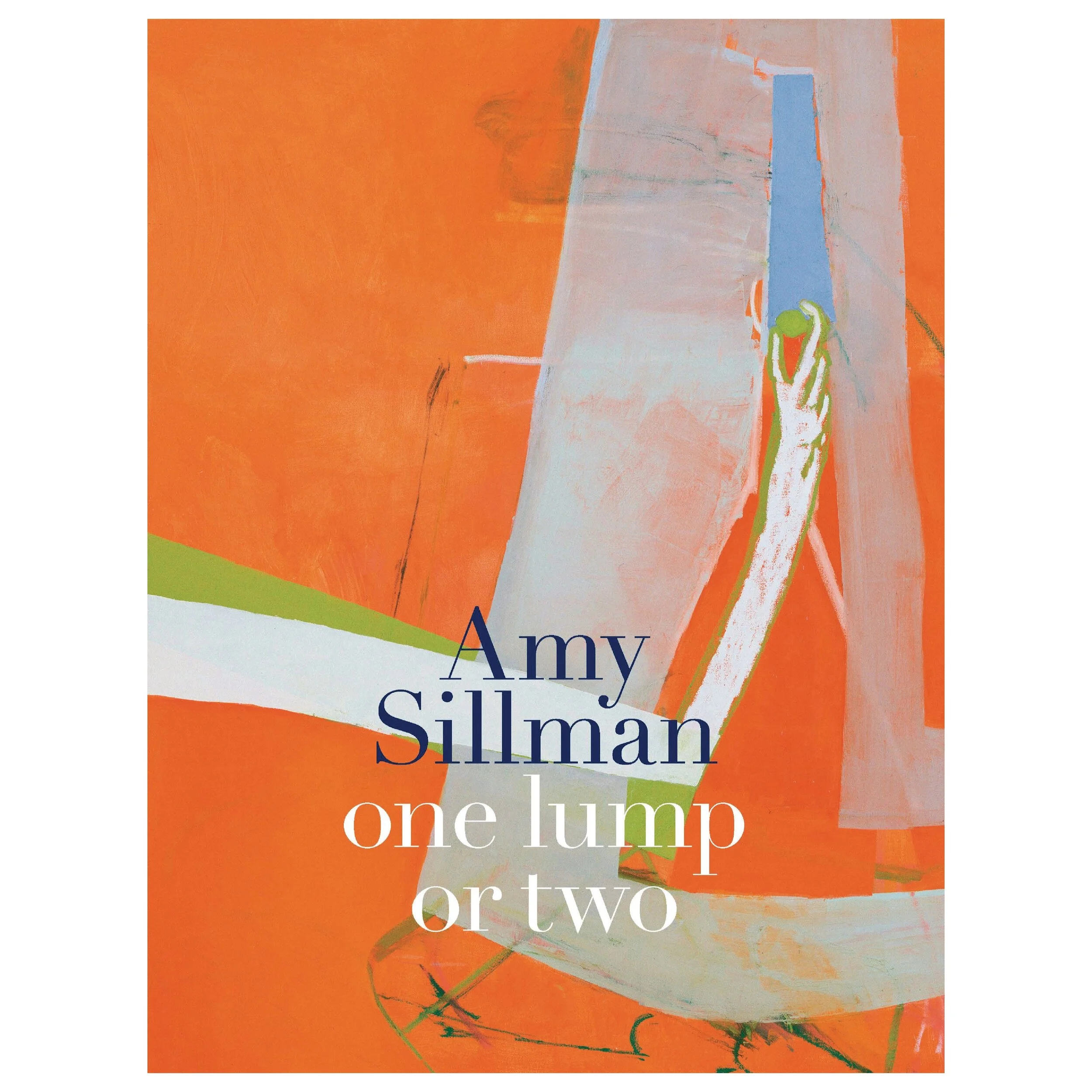Richard Tuttle
A Fair Sampling
Collected Writings 1966-2019
Edited by Dieter Schwarz
Walther Konig Verlag, 2020
purchase
Description
From poems to statements and lectures, the writings of postminimalist virtuoso Richard Tuttle possess the same instinct for materiality and delicacy as his art
Over the course of more than 50 years, American artist Richard Tuttle (born 1941) has invented new possibilities of scale and humor, sometimes adding almost nothing to an object, at other times recklessly heaping up his materials or pressing them to the brink of compositional incoherence. With just the same sensitivity, humor and nuance, Tuttle has also composed numerous texts, mostly in response to specific commissions and publications. Tuttle does not approach writing as a transparent communicative medium, but rather as simply another material. Beautifully designed, as Tuttle books always are, A Fair Sampling brings together a selection of the artist's writings published in exhibition catalogs, books and newspapers, as well as hitherto unpublished texts. These include not only reflections and commentaries on art and drawing, but also tributes to artist friends, including various texts on Agnes Martin, travel notes, poems and lectures that Tuttle delivered in various institutions.
About The Artist
Richard Tuttle has revolutionized the landscape of contemporary art, challenging rules and notions of genre and media.
His work exceeds rational determinations, sensitizing viewers to perception and the unconscious, and engages aspects of painting, drawing, sculpture, bookmaking, printmaking, and installation.
Exposed to the Pop movement and the beginnings of Minimalism as a young artist, Tuttle began to explore the possibilities of material and form freed from historical allusion and precedent. Early investigations into the merging of painting and sculpture are evident in his Constructed paintings which exist in a liminal space between mediums. For Tuttle, the 1980s and 1990s marked wider experimentation with material and a move toward in-the-round constructions. He began incorporating the frame as an element in his compositions, collapsing the boundaries between the artwork and its surrounding space.
Tuttle’s engagement with scale, light, and systems of display have endured throughout his oeuvre and can be seen in his attention to marginal spaces such as floors, corners, and over door frames. Rejecting the rationality and precision of Minimalism, Tuttle embraced a handmade quality and the invention of forms that emphasize the occupation of these space along with volume. Over the course of his career, he has continued to overturn traditional constraints of material, medium, and method that engages a variety of traditional and non-traditional processes such as in his wire, small-scale collage, dyed cloth, and octagonal pieces.
Richard Tuttle draws beauty and poetry out of humble materials, creating works that exist in the present moment, reflect the fragility of the world, and allow for individual experiences of perception.
-Pace Gallery







